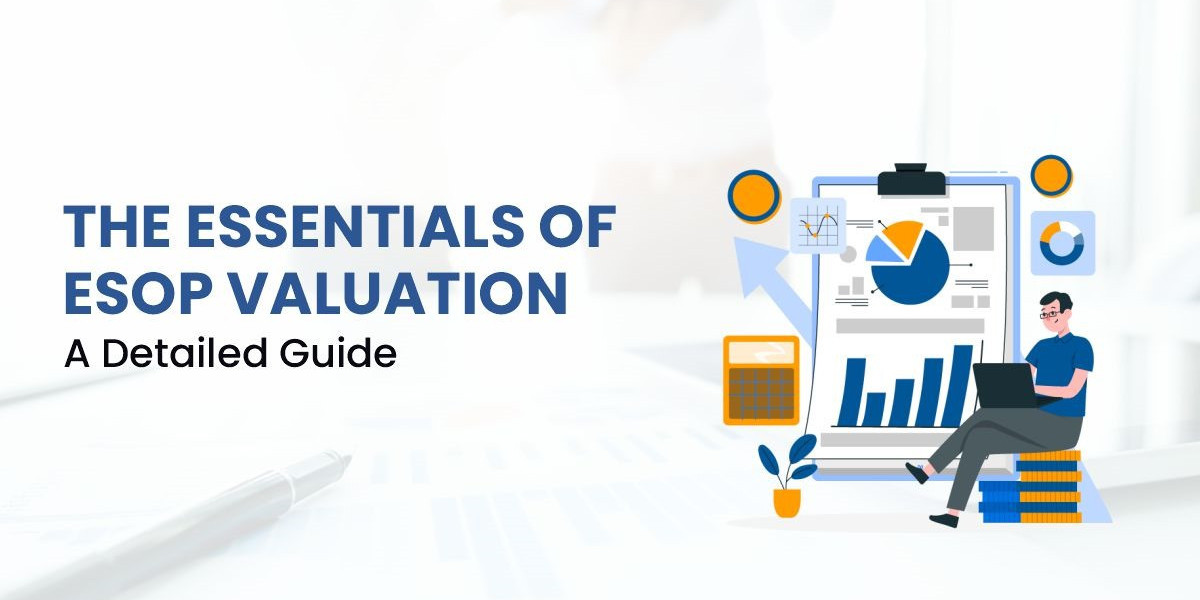Employee Stock Ownership Plans (ESOPs) offer a distinctive way for companies to motivate and retain their employees by granting them ownership stakes. In the complex landscape of compensation strategies, ESOPs stand out as they align the interests of the employees with those of shareholders, fostering a culture of ownership and participation. Valuing ESOPs accurately is crucial, both from a regulatory standpoint and for ensuring fairness in their allocation.
Importance of ESOP Valuation
ESOP valuation is essential for several reasons. Firstly, it determines the fair market value of the shares being issued to employees, which is necessary for financial reporting and compliance with tax regulations. Accurate valuation is also vital for the company’s management to ensure that they are rewarding employees appropriately and maintaining shareholder value. Moreover, for employees, understanding the valuation process enhances transparency, building trust in the equity-based compensation scheme provided by their employer.
Valuation Methods
The valuation of ESOPs can be complex, involving various methodologies depending on the nature of the company and its shares. The most commonly employed techniques are:
1. Discounted Cash Flow (DCF) Analysis: This method estimates the value of an ESOP by projecting the future cash flows of the company and discounting them back to their present value. The DCF analysis is particularly useful for established companies with predictable cash flows and aims to reflect the present value of future earnings.
2. Comparable Company Analysis: This involves comparing the company in question with similar companies in the same industry or sector. Metrics such as price-to-earnings ratios, revenue growth rates, and EBITDA margins are used to gauge the value. This method is often used to provide a market context to the valuation.
3. Asset-Based Valuation: In some cases, especially when a company is not profit-driven or is in its early stages, valuing the assets minus liabilities can provide a clearer picture. This method is straightforward but may not capture the true potential of growing firms.
Conclusion
ESOP valuation is a critical element in the broader framework of employee compensation, requiring a meticulous approach to ensure accuracy and compliance. By leveraging a combination of financial analysis tools and staying abreast of regulatory requirements, companies can implement ESOPs that not only motivate their employees but also contribute to the sustainable growth of the business. As companies continue to navigate the complexities of employee incentives, the role of ESOP valuation becomes increasingly significant, embodying the synergy between employee satisfaction and corporate success.
https://www.resurgentindia.com/esop-valuation-a-detailed-guide



